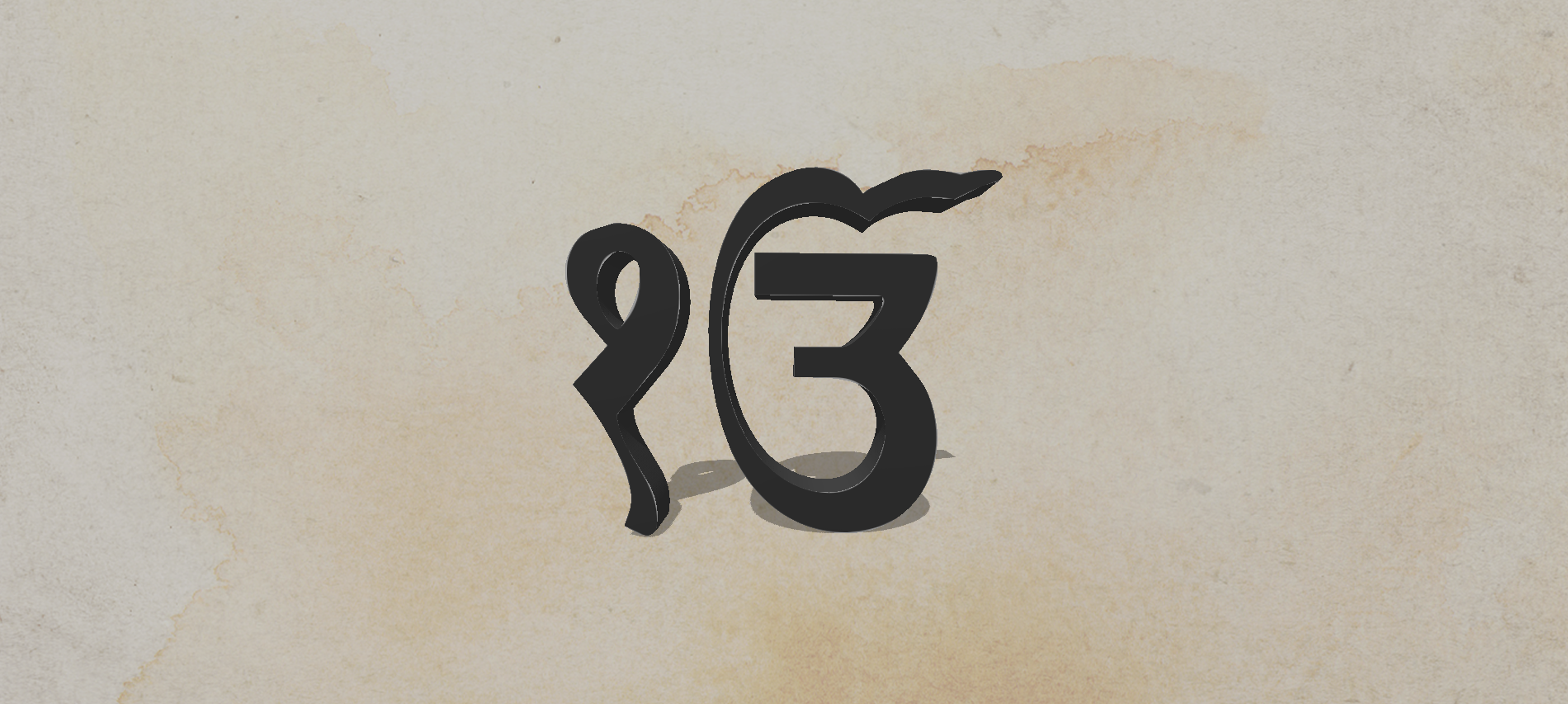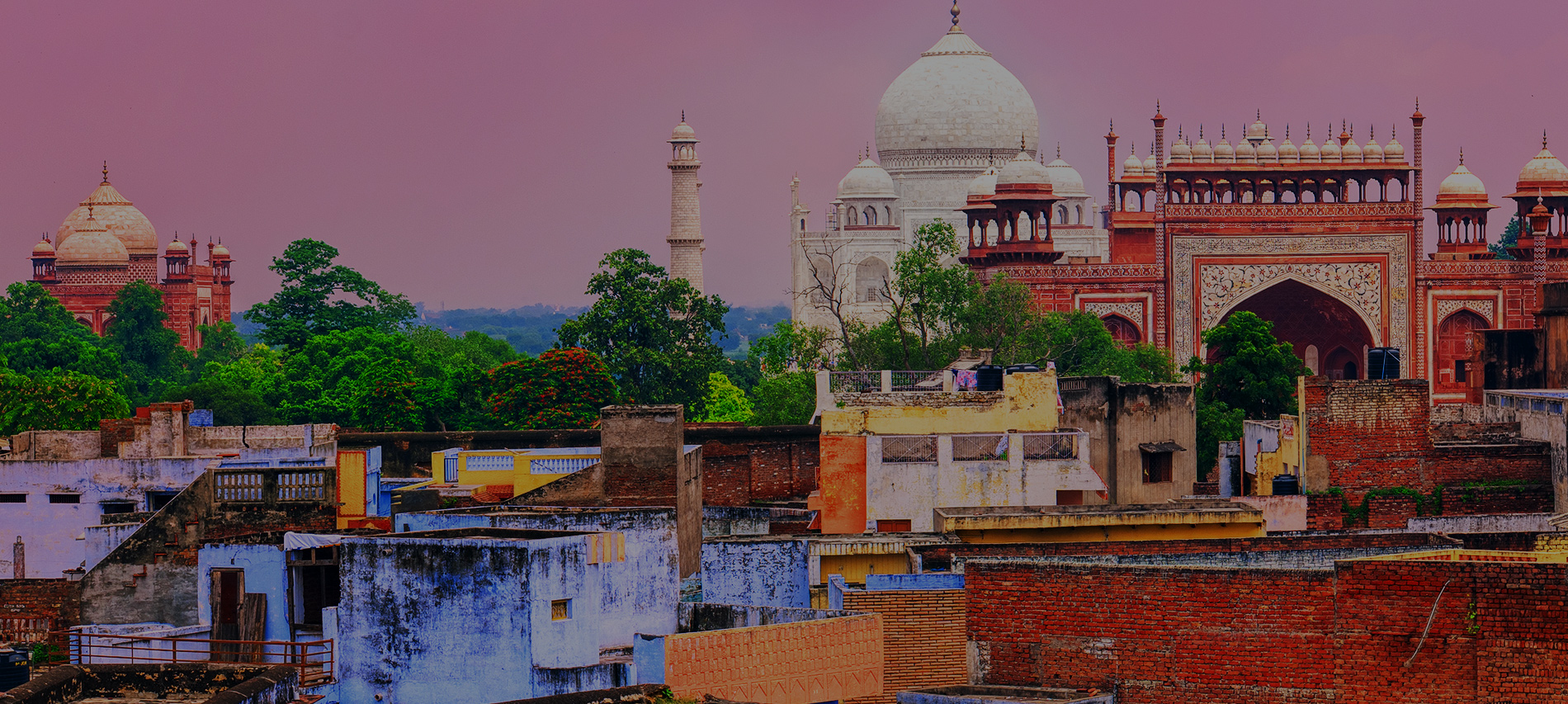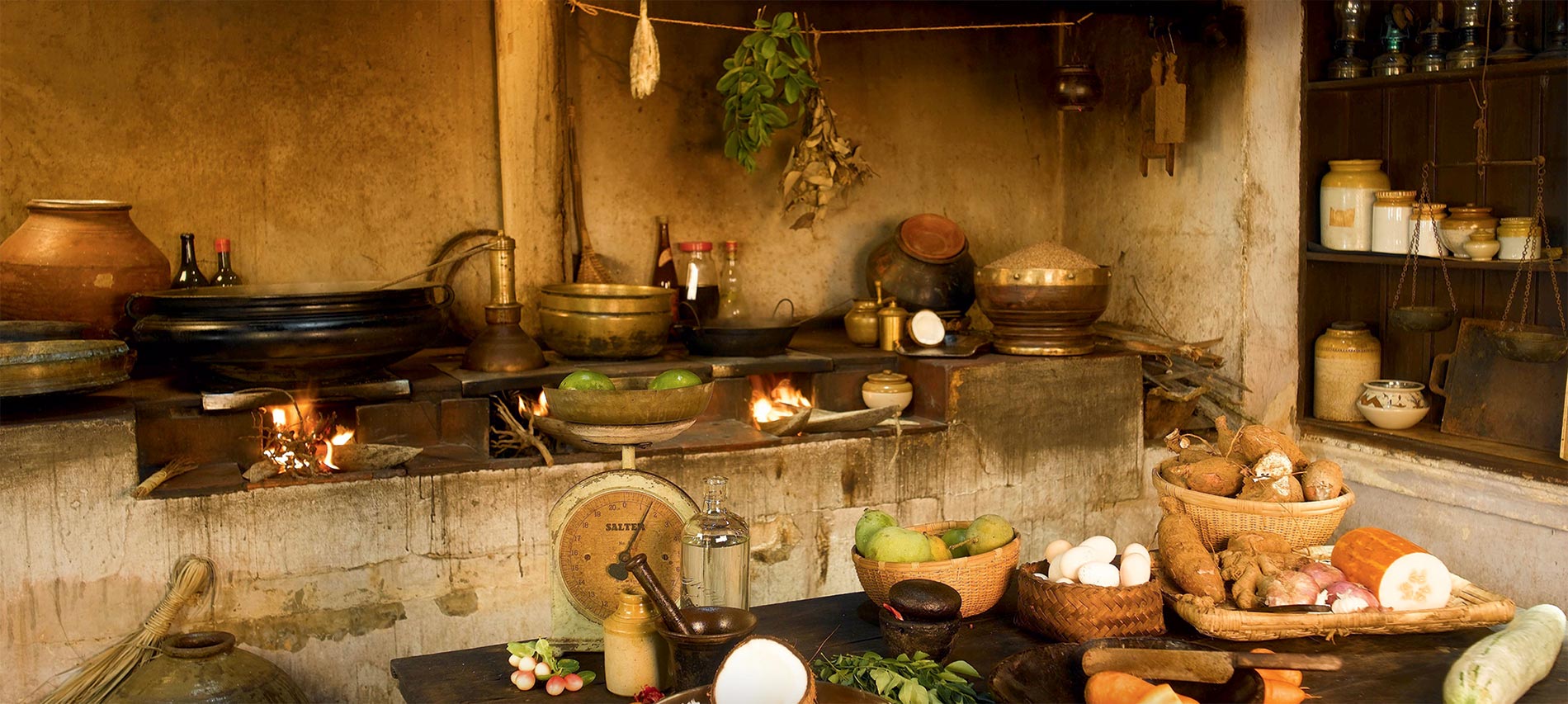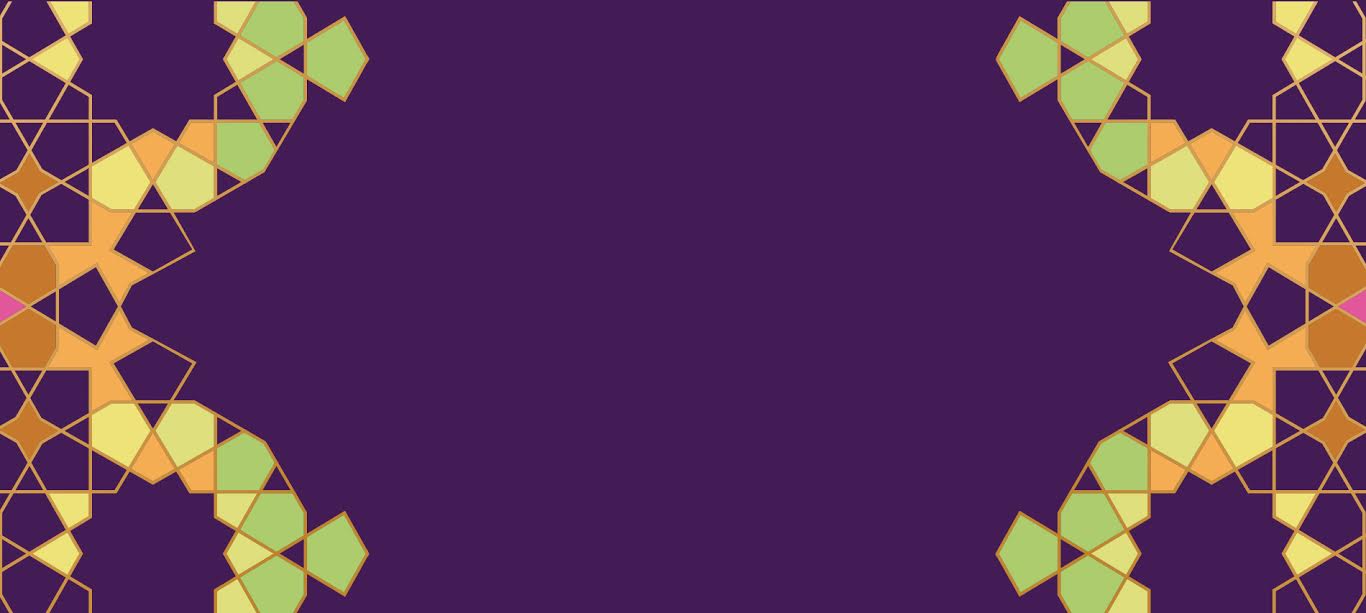Stories of Maharaja Ranjit Singh’s heroics continue to mesmerize generations, even after 178 years of his death.
Khushwant Singh in his two books The Fall of the Kingdom of Punjab and Ranjit Singh: Maharaja of the Punjab draws a fascinating portrait of one of the most powerful ruler of India, the brilliance of his kingdom, and the unfortunate downfall of the Kohinoor that was Punjab.
Here are six instances which capture the rise and fall of the kingdom of Punjab.
After his accession in 1801, Maharajah Ranjit Singh invited talented Muslims and Hindus to join his service and paid assiduous respect to their religious institutions by participating in their festivities.

Besides its riches, Amritsar had sanctity in the eyes of the Sikhs. It was founded by the fourth Guru, Ram Das, and it was here that the fifth Guru, Arjun, had compiled their scripture, the ‘Adi Granth’, and built the temple in the centre of the sacred pool.

Ranjit Singh built his kingdom like a fortress that could not ever be breached.

The English made no secret of their intentions to annex Punjab. Even in his old age, Ranjit Singh tried with all his might to foil the English’s plans.

Ranjit Singh’s choice of successor, Kharak Singh was the least suited of the brothers, having inherited nothing from his illustrious father except his plain looks and bad habits—particularly the love for laudanum and hard liquor.

After the accession of Punjab by the British empire and the subsequent surrender, a veteran soldier remarked ‘Aj Ranjit Singh mar gaya (Today Ranjit Singh has died).’

For more amazing facts of the remarkable Maharajah Ranjit Singh and his empire, read Khushwant Singh’s The Fall of the Kingdom of Punjab and Ranjit Singh: Maharaja of the Punjab.
Tag: Penguin Random House
Five significant contributions of Islam’s advent in India
The relationship between Hindu and Islamic traditions has existed in the subcontinent since the Persians set foot in Asia. The relationship has seen a lot turns and turmoil ever since. In the light of recent political climate, the alliance has become more relevant.
Historian Raziuddin Aquil, in his book The Muslim Question: Understanding Islam and Indian History has given a poignant and detailed account of the evolution of Islam from its prime to its transformation in India due to colonialism.
Here are five instances which capture the legacy of Islam in India.
India’s integration of Islam also opened a transfer of fresh political ideas which had evolved over the centuries in Iran and Greece. In many ways, this was a re-emergence of political ideas in a new garb.

There was also an emergence of ‘syncretic’ traditions in different regions which did not conform to any particular religion.

Although the main undertaking of Sufi traditions was to restrict any deviations from the Muslim rule, their belief in unity within multiplicity contributed to religious synthesis and cultural amalgamation.

Jalal-ud-Din Muhammad Akbar due to his inclusive religious and administrative policies is regarded as one of the greatest rulers of India.

Under Akbar’s rule, man’s reason (aql), not tradition (naql), was acknowledged as the only basis of religion.

Read more about Islam’s journey in Raziuddin Aquil, in his book The Muslim Question: Understanding Islam and Indian History. Get your copy here.
The Unbearable Embarrassment of Being a Romance Writer
By Sakshama Puri Dhariwal
‘Did you know Dadi loved reading Mills and Boons?’ Nidhi asked. When he shook his head, she continued, ‘She used to wrap the books in old newspaper and when I asked her why, she said it was because of the “sex scenes” on the cover. The year I turned thirteen, I couldn’t resist any more, so I stole one of her books and peeled back the newspaper. The cover had an illustration of a bare-chested man and a well-endowed woman. And do you know what they were doing?’
Enamoured by her infectious enthusiasm, Vikram gave her a curious smile. ‘What?’
‘The man was kissing the woman’s neck. So, for the longest time, I thought necking is how babies are born,’ she admitted with an embarrassed laugh.
This scene from Man of Her Match was inspired by real life. My grandmother did conceal her love for romance novels behind old newspapers. My mother loved them too, but conditionally – Barbara Cartland and Nora Roberts always found a surreptitious spot behind Erich Segal and Arthur Hailey. A voracious reader, her love for books transcends genre – she enjoys the classics and literary fiction just as much as her monthly copy of Filmfare and Vogue. So, while I inherited her love of reading, I unfortunately also imbibed the belief that romance was ‘less than’ science fiction or adventure, or even, sadly, recipe books.
In Delhi University, a classmate told me that she loved Judith McNaught. Instead of admitting to my own collection of the bestselling author’s books, I feigned disinterest and promptly turned away to join a different conversation about Murakami. In business school, while my batch mates were devouring biographies of Jack Welch and Warren Buffet, I was skipping lunch to finish the latest Sophie Kinsella novel.
When I discovered digital readers, I started reading a few books a week. And while I left alone the ‘acceptable’ books in my reading history, I deleted the romance novels – lest someone pick up the device and judge. It was, I realize now, the digital equivalent of covering books in newspaper. Because admitting to enjoying such books made you less of an intellectual and worse, less of a feminist. How strange these self-imposed rules are: reading Jane Austen is okay because her books are classics, but a historical romance – even one featuring a suffragette or scientist – is automatically dismissed as ‘trash’ or sometimes euphemistically, ‘guilty pleasure’.
When I tell people I’m a writer of romantic comedies, most of them express admiration. But every once in a while, someone will scoff, “Chick lit, you mean!” or wiggle their eyebrows and ask if there are any good sex scenes in the book. Laughing off such comments would make me a traitor to my profession. And to my gender.
Though people can deride the genre all they want, they cannot dispute the reading revolution that romance authors have brought about. In India, a bestselling book would need to sell 7,000 copies in the first few months, whereas the New York Times bestseller list features books that have sold 9,000 copies in the first week. And yet the first print run for many Indian romance writers is in lakhs. In a country where English is the second language for many people (and a foreign language for most), writers of this genre have done what others failed at: encouraging the reading habit in a land of non-readers. Ironically, the very first English novel read by young people is romantic fiction and instead of hiding these books behind newspaper, readers are flaunting them on their Facebook profiles.
What is it about these books (and movies) that makes them palatable to the Indian reader? Surely the relatively uncomplicated plots and simple language play a role. But another very important element is the persistent presence of the HEA (happily ever after) phenomenon. Historically speaking, HEAs sell. And the reason these feel-good stories sell is just that: they feel good. But while the last century saw several romantic films win Best Picture Oscars (It Happened One Night, Gone With the Wind, Casablanca, The Apartment, West Side Story, My Fair Lady, Annie Hall), the most recent film to receive that honour was Shakespeare in Love – almost 20 years ago!
Clearly, a large proportion of content consumers today prefers more realistic storytelling and more relatable characters. Take the Netflix show Black Mirror: it is a bleak but believable British science fiction series that warns the viewer about the degree of human perversion and decrepitude in light of changing technology. Or the Hulu show Casual: a dark comedy that navigates the world of casual dating, teenage angst, and the modern definition of sex and sexuality. Both shows are very successful even though both don’t walk the HEA line.
But in a world like the one we live in today, are readers and viewers truly ready to forgo HEAs? Breaking Bad may be touted as the best TV show ever made, but does that stop us from watching reruns of Friends? You could be counting the minutes to the new Game of Thrones season, but can you honestly say that you don’t hold your breath during the DDLJ climax even today, hoping that Bauji will let Simran go to Raj? On a rainy day, with chai and pakoras, the book I like to re-read isn’t 1984, it’s Pride and Prejudice.
Happy endings are much like comfort food – on a bad day, it’s the only thing that can make you feel better. Happiness, even vicarious happiness, offers us an escape from these troubled times. Which is why, even though I grew up embarrassed of reading romance novels, I am proud to write them.
Sakshama Puri Dhariwal is the author of the bestselling novel The Wedding Photographer. Man of her Match is her second novel.

Michael Burns Gives the Tips to Hack into Your Creativity
Michael Burns is a university teacher, writing coach, actor, editor and storyteller. He has directed five films for international television and his work has been seen in over twenty countries. He moved to India in 2011, and founded Tall Tales, the country’s longest-running, live-storytelling event series. He also conducts popular writing workshops around India.
Here’s what he has to say about his book Hack Into Your Creativity
Everyone has at least one great story. What’s yours?
If you’re reading this book, welcome.
I’m so glad we’ve found each other.
This is a book of story prompts: ideas, questions and thought experiments for you to enjoy and to write on. They’re designed to stimulate, energize and challenge you (the third of these being the most important). They’ve been written in a particular manner so that the maximum number of people can relate to them in some way. The writing that they inspire is best when it’s detailed, original and sourced from deep inside the writer’s heart and mind. There are eight categories of prompts:
- What Happens Next?
- Character-Building
- Incredible India
- Genres
- Everyday Magic
- Two-Parters
- Integration
- Every Hair on Its Head
Each of these subjects starts with a mini introduction to the category. Work your way through them or skip around if there’s a particular skill that you need to work on. I’ve added extra pages at the end of this book for you to write in, but I would recommend combining this text with a notebook so that you never run out of room for epiphanies.
This collection differs from other story-prompt resources in a few important ways. First, the prompts that follow are not random, provocative words or phrases designed to stir you to write just anything. While there is something to be said for that style, I’ve elected, instead, to put together prompts that help you to investigate visceral, transformational and pivotal moments in storytelling. This way, your writing is targeted and helps fabricate a tool that you can use on a regular basis and even in the most dramatic points in your future stories. So, there’s a special emphasis on dramatic tension. Second, this collection also readily explores both fiction and non-fiction because both are essential skills. As all writers know, your ability to find depth and nuance in fictional characters is only possible if you’re willing to, at some point in time, turn that high-powered lens back on yourself. Third, in the vast majority of cases I’ve kept the prompts targeted but very simple, steering clear of the types of prompts that shout, ‘Look how clever this story starter is!’ and instead tried to keep the focus right where it should be: getting you started down a path to discover how clever you are. Fourth, and perhaps most importantly, as suggested above, this book offers you a curated sample of many different kinds of prompts that speak to the many different kinds of storytelling that a writer will likely indulge in—from introspective questions and sentence integration to science-fiction plot twists and character development. In other words, there is a substantial selection of varied prompts to suit your particular interest, mood or even work-related priorities.
These prompts are both specific and flexible. Just like an exercise machine at a gym, the prompts are designed to get you to work on a specific skill, but they can and should be adapted as necessary. I have randomly assigned pronouns (he or she) to the prompts, details that are obviously yours to change at will. I have also suggested goals for the amount of writing you should do after each prompt. This is just a minimal suggestion to help you create a proto-story, a foundational core that can give rise to a story over time. (Having said that, obviously, if you’re set on fire by a topic, with sparks flying off the end of your pen, keep writing!) Having a proto-story as a goal is important because a quality story is not something that usually reveals itself in one inspired session. It evolves over time and builds like a snowball. Some ideas are discarded while others are expanded. Therefore, a reasonable goal for yourself should be to meet at least the minimum lengths I’ve suggested and to infuse those seeds with so much love that they’re busting to grow. A more advanced goal might be to pair this book with your understanding of the universal story structure, giving your writing exposition, rising tension, and a satisfying but unexpected resolution. At the very least, consider three short acts for a simple story structure: let the prompts set things in motion, then let disaster strike your scene, and then finally, see if the characters you’ve created will be ingenious enough to survive or be overwhelmed enough to be snuffed out.
Treat this book as a source of inspiration when you need some. Treat it like a partner to help you get under the surface and beyond the barriers that might be temporarily blocking your creativity. Perhaps, above all, treat it as activation energy. Every chemist knows that reactions need a little push to get them going. And once the reactions start and combinations begin to agitate, percolate and transmute in the unpredictable ways that they sometimes do, you never quite know where you’ll end up.
So, as we get started on creating together, peace be the journey—the alchemist’s journey.
This is an excerpt from Michael Burns’ Hack Into Your Creativity.

5 Ways to Overcome Writer’s Block
If you’re a writer, you must have experienced the treacherous phenomenon called the ‘writer’s block’. It is the phase when you feel stuck and drinking any amount of coffee cannot get you to finish that one page.
Michael Burns, author of Hack Into your Creativity, gives us some brilliant writing tips and prompts for every type of writer to help them out of the ‘block’.
Here are five easy and exciting ways you can overcome writer’s block:
Writing Prompts

What Happens Next?

Character Building

Genres

Everyday Magic
The Third Way to Innovate
There is a big flaw in innovation thinking today – a false dichotomy. Conventional wisdom says that to survive, companies must move beyond incremental, sustaining innovation and invest in some form of radical innovation. “Disrupt yourself or be disrupted!” is the relentless message company leaders hear. Don’t be fooled. David Robertson in his book, The Power of Little Ideas shows there is a Third Way that is neither sustaining nor disruptive, but is, in its essence, complementary. This low-risk, high-reward strategy is one that all managers and executives must understand and practice in order to achieve competitive advantage in today’s dynamic economy.
The Third Way, isn’t a new concept altogether. Some companies have used the concept in their own way to maneuver their businesses into profit. However, no one has explicitly defined and described this form of innovation as a replicable process. To understand the concept in a concrete way, one should know its three distinctive traits.
First, and most obvious, the Third Way consists of multiple, diverse innovations around a central product or service that make the product more appealing and competitive. We refer to the product at the center of every Third Way project as the key or core product. It is always a key or important product; making a marginal product the focus of so much effort would make no sense. But the product does not always have to be a company’s core product, as its sports drink was for Gatorade and used cars were for CarMax. For Novo Nordisk, its HGH drug was certainly important, but its insulin product was, at least for the period covered in our story, the company’s core product. “Always key and often core” is the way to understand any product that is the focus of the Third Way.
By diverse complementary innovations, we mean that they should fall into a wide range of business categories, such as pricing, marketing, operations, sourcing, and partnerships. Likewise, the innovations should appear in a host of different forms, such as auxiliary products, support services, and social media activities.
Second, what makes this approach work is that all the complementary innovations operate together as a system or family to satisfy a compelling promise to the customer. Gatorade promised peak performance for serious athletes through a complete nutrition and hydration solution. Norditropin promised to make HGH therapy as trouble- and pain-free as possible for all involved. And CarMax promised buyers a hassle- and worry-free experience when they were locating and buying the car they needed.
Third, and perhaps the least obvious in the stories, the family of complementary innovations must be closely and centrally managed. It’s not an ecosystem of interrelated but autonomous companies and products that compete, collaborate, or otherwise co-evolve according to their own needs and priorities. Instead, each complementary innovation is created or selected and then closely managed, usually by the owner of the key product. Indeed, the careful selection and proactive management of this system is crucial to the success of the Third Way.
This is an excerpt from David C. Robertson and Kent Lineback’s The Power of Little Ideas. Get Your Copy here.
Credit: Abhishek Singh
3 Times Perumal Murugan Showed Us How Different Yet Similar Cities and Villages are
Celebrated Tamil scholar and writer, Perumal Murugan, was born in a family of farmers.. Murugan’s Current Show and Seasons of the Palm, translated to English from the Tamil originals, are set against the backdrops of a city and a village respectively. Drawing from his personal experiences, the writer draws striking contrasts between life in a city and life in the countryside.
Here are 3 times Perumal Murugan showed us how cities and villages are nothing but the two sides of the same coin.
When he showed us how different the experience of going to the theatre is in a city and a village.


When he showed us how shops in a city were not the same as shops in a village.


When his stories showed us the contrast in how the divine is evoked in the inhabitants of a city and a village.


As Murugan takes us through the concrete jungles of the city and the dusty lanes of the village, tell us how you’ve experience the rural and urban differently.
When a Bomb Rocked the Wafi Mall in Dubai — An Excerpt from 'In the Name of God'
What happens when you have to choose between faith and logic? Temples are places of worship, oceans of tranquility, or so everyone thinks, till a series of murders threatens to destroy the carefully cultivated reputation of the royal family of Thiruvanathapuram.
In Ravi Subramanian’s latest novel, we follow Kabir Khan, Additional Director, CBI, as he breezes through a complex maze of fact and fiction, faith and deceit, religion and commerce to unravel the mystery and unmask the killers with only minutes left at his disposal. Slick, riveting and fast paced, In the Name of God is a truly gripping novel.
Here’s an exclusive excerpt from the book.
It was a deafening sound. The kind that is heard when metal crashes into glass, bringing the whole thing down. The ground shook. It almost felt like an earthquake.
Visitors at Wafi Mall, the largest and possibly most exquisitely designed luxury mall in the area, stood astounded. No one could fathom what was going on.
Gate 1 of the mall was to the right of the central courtyard and a few minutes away from the main parking lot. The ground floor, accessible from Gate 1, was home to a variety of luxury gold and jewellery and accessory brands—Chopard, Cartier, Damas, Rolex, Omega, Breitling and a few local biggies were within shouting distance from the gate.
Moments later another piece of glass came crashing down amid the perceptible sound of cars rumbling close by.
At precisely forty-eight minutes past noon—no one knew the significance of the time, if there was one—two Audi A6s, one black and one white, had driven up to Gate 1. It was not uncommon for cars to drive up to the mall entrance. It was some distance from the main parking and the mall clientele, the rich and famous of Dubai, were not used to walking with their shopping bags. Ordinarily, the cars stopped on the carriageway built for them, waited for a couple of minutes, picked up their masters and drove out. But at 12.48 that day, the two Audis did not stop at the main gate. However, that was only half as strange as the manner in which they drove up to the gate: The black Audi was furiously approaching in reverse, followed closely by the white one, their bonnets almost kissing each other.
By the time the lone security guard at the gate could react, the black Audi had already crashed through the glass-and-metal door with a deafening noise. It drove further into the mall, right up to the main lobby on the ground floor, and screeched to a halt, the white car following suit. It almost seemed as if the black Audi was the pilot car, clearing the way for the second car. But why was it being driven in reverse? No one knew. No one cared. All that anyone in the mall was worried about was saving his or her own life. What ensued was mass panic as scared shoppers started running helter-skelter.
Amidst the confusion, four masked men, all dressed in black, got out of the cars, while the drivers stayed back, keeping the engines running. Armed with Kalashnikovs, they fired indiscriminately in the air, sending the already panic-stricken crowd into a state of hysteria. Everyone assumed it was a terrorist attack. At the time, that’s what it seemed like. Nervously vigilant, the four men strode towards the aisle to the right of the entrance. It was narrow, short and housed only three shops: Cartier, D’Damas and Ajmal Jewellers. At any given point in time, the cumulative stock in all the three stores put together was worth over a hundred million dollars.
The leader of the group stopped in front of Ajmal Jewellers and gestured to the other three to take up their positions. It took just one bullet to neutralize the shop attendant who was furiously rolling down the safety grille. The men entered the store. Once they were in, they were cut off from the rest of the mall.
All anyone could hear was the sound of shattering glass and indiscriminate gunfire. In three minutes the men came out of the store and ran back to the two Audis. Each of them had a bag in one hand— clearly booty from Ajmal Jewellers. But as they were rushing, the last of the four tripped and fell. The bag slipped out of his hands and rolled ahead. The contents of the bag—jewellery and gemstones—spilled out on to the marble floor. ‘Damn!’ the leader swore. ‘Quick! Three more minutes and the cops will be here. We need to go!’ The fall had delayed them by forty-five seconds. They had to leave, else they would be sitting ducks for the Dubai Police. He continued towards the Audi even as his fallen team member recovered, and tried to gather the loot on the floor and put it back into the bag. He quickly got into the second Audi though he had not managed to collect everything that had fallen out of the bag.
Immediately the engines roared to life. The cars vroomed and this time, the white Audi reversed out of the shattered mall entrance followed closely by the black one. In no time, they had disappeared from sight.
The moment the cars left the mall, people rushed towards the jewellery showroom, a few stopping on the way to pick up the pieces of jewellery and curios that had fallen out of the robber’s bag.
Ajmal Jewellers was in shambles. Glass from broken windows and display units was strewn all over. There was blood everywhere. Seven people had been shot—six store staff and a sole shopper.
All of them were dead.
This is an excerpt from Ravi Subramanian’s ‘In the Name of God’.

The Beginnings of the Syrian Christian Kitchen in Kerala
Long before the time of Christ, spice merchants and travelers from around the world would visit Kerala. The important seaport of Muziris or Cranganore was populated with Greeks, Syrians, Jews, and Chinese traders who lived in harmony with the people of the region. It was on one of these trading vessels, plying between Alexandria and the Malabar Coast, that Saint Thomas the Apostle is believed to have arrived in Cranganore in AD 52. He began preaching the Gospel to the people of these areas, and eventually established churches in Cranganore, Paravoor, Palur, Kokkamangalam, Niranam, Malayatoor, and Nillackel. Among those early conversions were several Namboodiri Brahmin families, from whom many of the present-day Syrian Christians trace their roots.
As legend has it, the upper caste Brahmins of Palur were converted after a miracle, whereby Mar Thoma (Saint Thomas) suspended water in midair as a testimony of his faith. Most of these early Christians followed the ancient Eastern Nestorian faith and were known as Malabar Christians until the advent of a Syrian merchant—Thomas of Canaan—who arrived in Muziris with four hundred Syrians, including several priests and a bishop. The Syrians were welcomed by the local Malabar Christians as the countrymen of Jesus and Saint Thomas. The two communities eventually intermarried and merged to become Syrian Christians, now recognized as one of the oldest Christian communities in the world.
The present-day Syrian Christians of Kerala are also known as Nazaranis, the followers of Jesus of Nazareth, and though they are now divided broadly into four sects—the Knanaya Christians, Jacobites, Marthomites, and Syrian Catholics—they share many common religious and social practices, and intermarriage is not uncommon. Collectively they retain a distinct identity and remain independent from other Christians in India because of their unique lineage. Life is centered around their liturgy and the observance of days of fasting and abstinence. They follow old Syrian church rites, chanting their singsong Syriac liturgy. The saga of the St. Thomas Christians is narrated in their song and dance forms—Margam Kali (the way of St. Thomas) and the Rabban Pattu (the songs of Rabban).
Syrian Christians are identified by their family names which reflect the profession of a family elder, place of origin, or sometimes nothing but pure whimsy. My own family, a large Syrian Catholic clan from Kanjirapally, is called Pallivathukkal, meaning “at the church gate,” as many centuries earlier my ancestors had settled near a church in Nillackel. My husband’s family name, Thekkekunnel, means “south hill.” Thadikaren, another family name, means “bearded man,” and the poetic Myladi means “peacock dance.” First names are biblical, and customarily the firstborn is named after a paternal grandparent and the secondborn after a maternal grandparent. Thereafter, aunts, uncles, and saints lend their names to the newborns. The second name is taken from the child’s father, but a Joseph George, say, may be anonymous until, when paired with his family name, he can be immediately placed as Joseph, the son of George of the Pottenkulam family. Syrian Christian names are distinctive and a George may also be known as Varkey or Varghese; a Paul can be Peeli or Paulose; and an Abraham can be called Avira or Ittira. Similarly, the female Syrian Christian name Rachel may be Raahel; Elizabeth can be Aley or Elamma; and Bridget, the melodious Uschita.
Most prominent Syrian Christian families are close-knit and connected by an intricate web of marriages. I have vivid memories of my mother and sisters spending hours disentangling family connections, the links being the women who married into each family. With many of these large clans expanding into several hundred members, some families now hold periodic kudumbayogams, family get-togethers which allow members of the family to reconnect.
Christianity in India has long been synonymous with education and the Syrian Christians have made a significant contribution to this field, partly by means of their large number of clergy. Today they have evolved into a distinct, indigenous community of agriculturists, scholars, industrialists, and professionals. A large number have moved to other cities in India as well as to distant lands, and though erudite and cosmopolitan, they are still attached to the traditions and customs of their ancestors.
Described as “Hindu in culture, Christian in religion, and Syro-Oriental in worship,” Syrian Christians enjoy the status of a prosperous and socially prominent community.
Sautéed Squid
Koonthal Varathathu
Squid turns rubbery if overcooked, so once marinated they must be quickly stir-fried and served hot, with a fresh sprinkling of lime juice. Serve with rice and accompaniments or as a snack.
Grind the garlic, chilli powder, turmeric, and pepper- corns to a coarse paste in a mortar and pestle.
Mix the garlic paste with the rice flour, salt, and lemon juice and rub into the squid. Let the squid marinate in the spices for at least 2 hours at room temperature.
Heat the oil in a skillet and add the squid. Stir-fry over high heat for 3 to 5 minutes, removing from the heat when the spices brown.

This is an excerpt from Lathika George’s ‘The Suriani Kitchen’.

5 Most Memorable Faiz Ahmed Faiz Shayaris to make your day poetic
Faiz Ahmed Faiz is widely regarded as one of the great Urdu poets of the twentieth century, and the iconic voice of a generation. Although he is best remembered for his revolutionary verses that decried tyranny and called for justice, his oeuvre also extended to scintillating, soulful poems of love.
In The Colours of My Heart – a translation of Faiz’s selected, most memorable poems and ghazals by Baran Farooqi – readers will be able to experience a new dimension of the great poet’s genius. Here are five gems that display Faiz’s extraordinary flair for tender hope and quiet longing.
Beloved, Don’t Ask Me For the Love that Was – “Mujhse Pehli Si Muhabbat Mehboob Na Maang”

Don’t ask me to love you the way I did before, my love
I’d imagined life to be bright and glowing because you were in it
What cared I for sorrows other than the joys of pining in your love?
It’s your beauty that keeps springtime intact upon the world
What else remains to be sought in the universe but your eyes?
Speak – “Bol”

Speak, for your lips are free
Speak, for your tongue is still yours
Your upright body belongs to you
Speak, for your soul still is yours
Highway – “Shahraah”

A long, desolate highway
Its gaze fixed on the far horizon
Spreading out its grey beauty
On the breast of the cold earth—
Like a grief-stricken woman
In her desolate home
Dreaming of her absent lover
Lost in thought, each part of her body immersed
in the idea of union.
The Day of Death – “Jis Roz Qaza Aayegi”

Kis tarah aayegi jis roz qaza aayegi
Shaayad iss tarah ki jis taur kabhi awwal-e shab
Be-talab pehle pahal marhamat-e bosa-e lab
Tyranny Giving Lessons in the Fidelity of Love – “Sitam Sikhlaayega Rasm-e Wafa Aise Nahin Hota”

Sitam sikhlaayega rasm-e wafa aise nahin hota
Sanam dikhlaaenge raah-e khuda aise nahin hota
Enthralled by the verses of one of the greatest Urdu poets? Get The Colours of My Heart here!


















